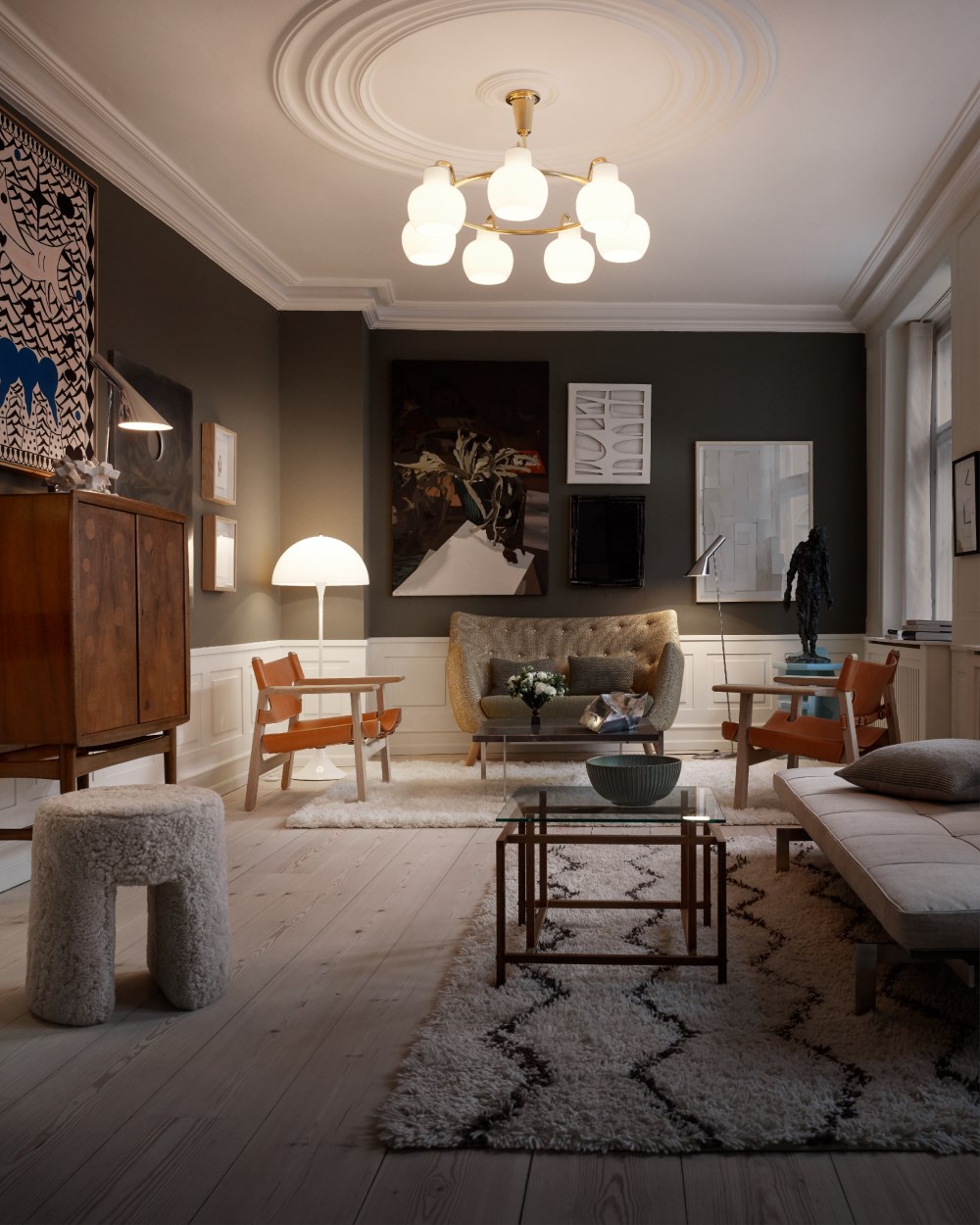A Guide to Better Lighting
Many homes suffer from poor lighting choices. Often, we don’t use enough light sources or place them too high, making the space feel less inviting. By strategically planning your lighting and incorporating fixtures at different heights, you can create a dynamic environment that adds depth and warmth to any room.
In this article
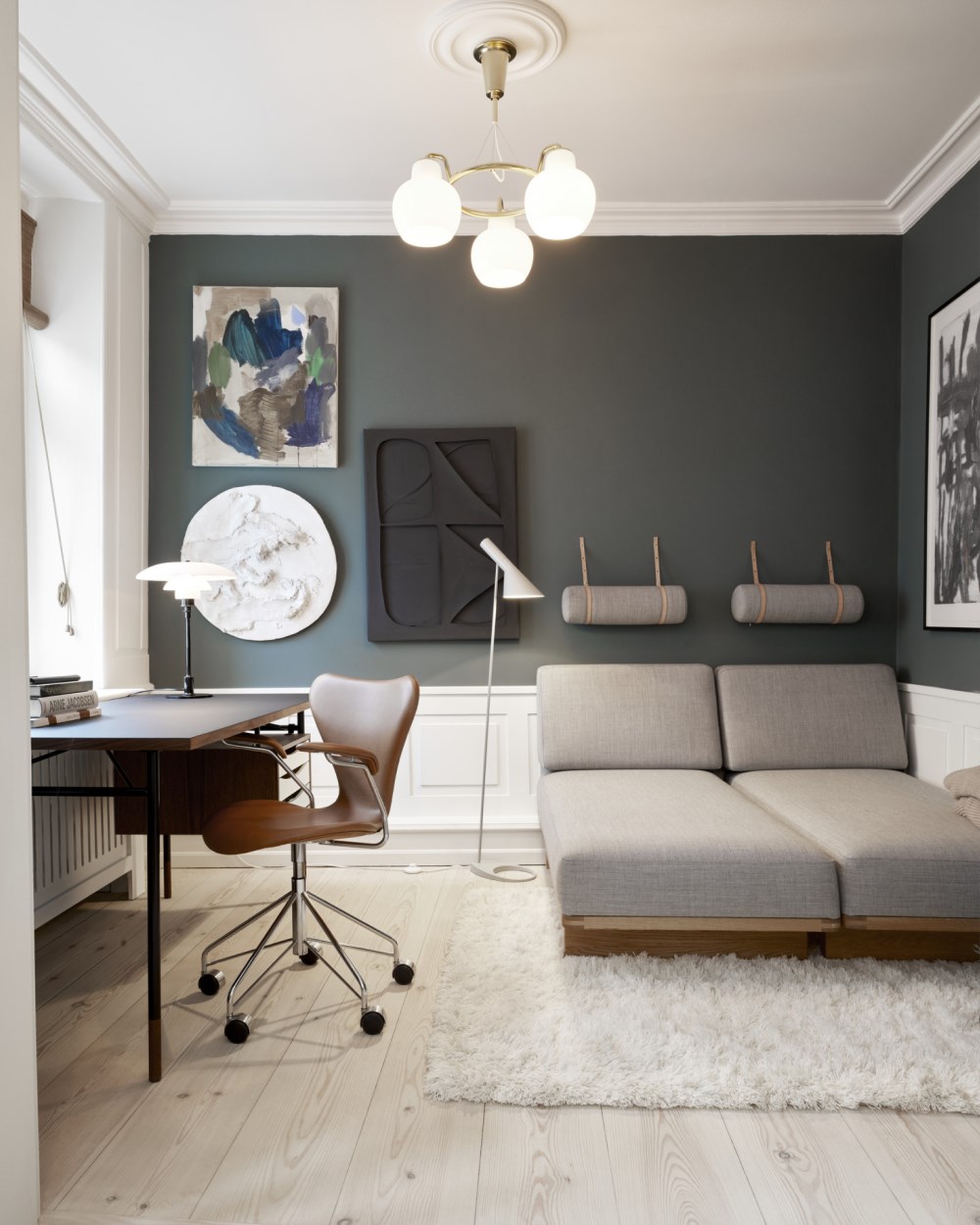
Lighting Harmony with Islands of Light
Using multiple light sources at varying levels creates a balanced interplay of light and shadow, enhancing the overall mood. This approach, often called “layered lighting,” or "islands of light" can be achieved through:
A pendant light hung low over the dining table, gathering light and creating a natural focal point.
A floor lamp placed next to a lounge chair, defining a cozy reading nook.
A table lamp positioned on a windowsill, sideboard, or bookshelf, adding warmth and balance to the space.
A portable lamp that can be moved as needed, offering flexible lighting options throughout your home.
In Scandinavian interiors, where long winters bring extended darkness, this layered approach has been essential for decades. However, it isn’t just for winter—it creates a comfortable atmosphere year-round.
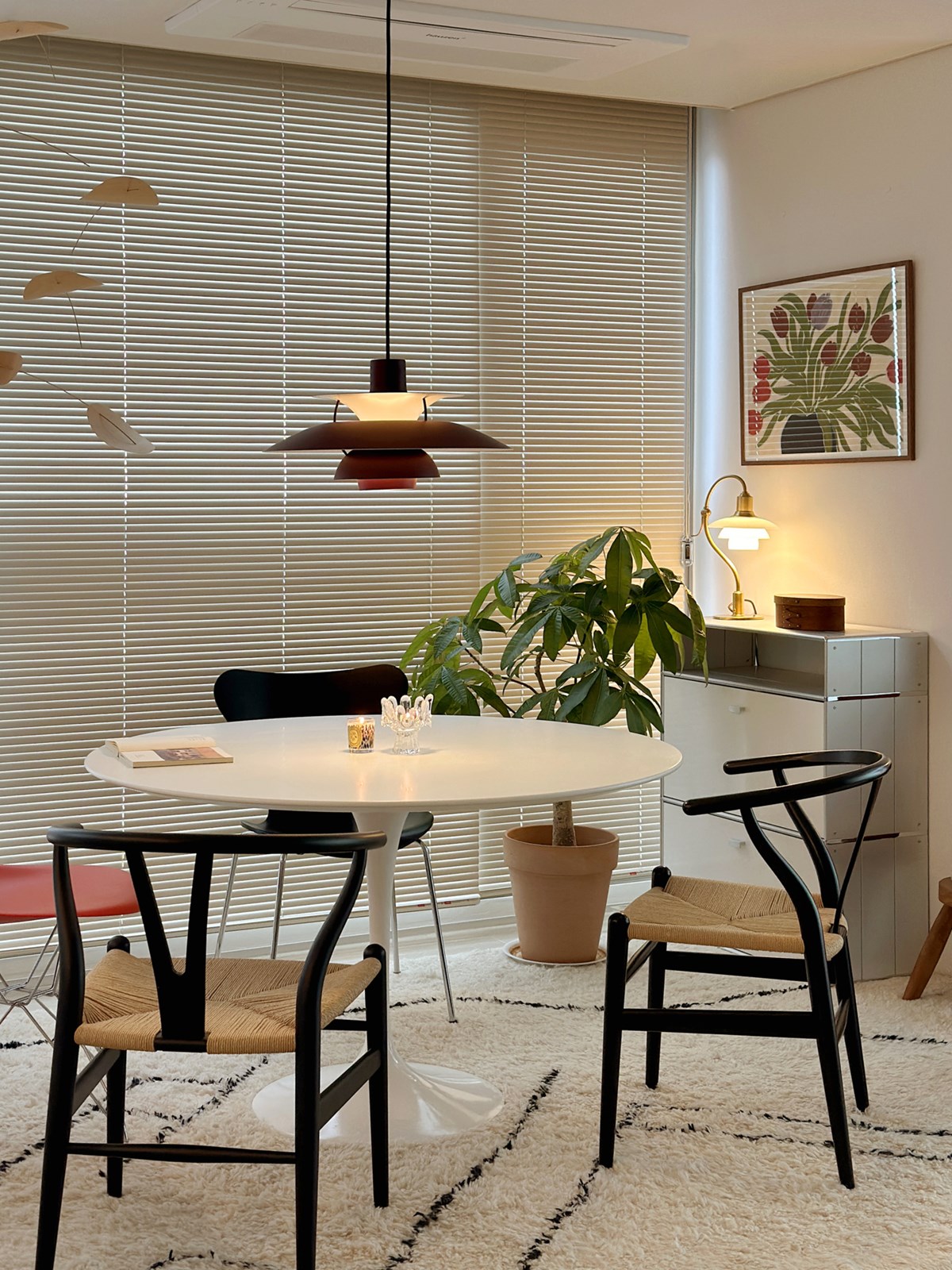
Mood vs. Task Lighting
Lighting isn’t just functional—it sets the tone of a space. Mood lighting helps create a warm and welcoming environment, often achieved with soft, indirect sources like table lamps, diffused pendants, or integrated uplighting.
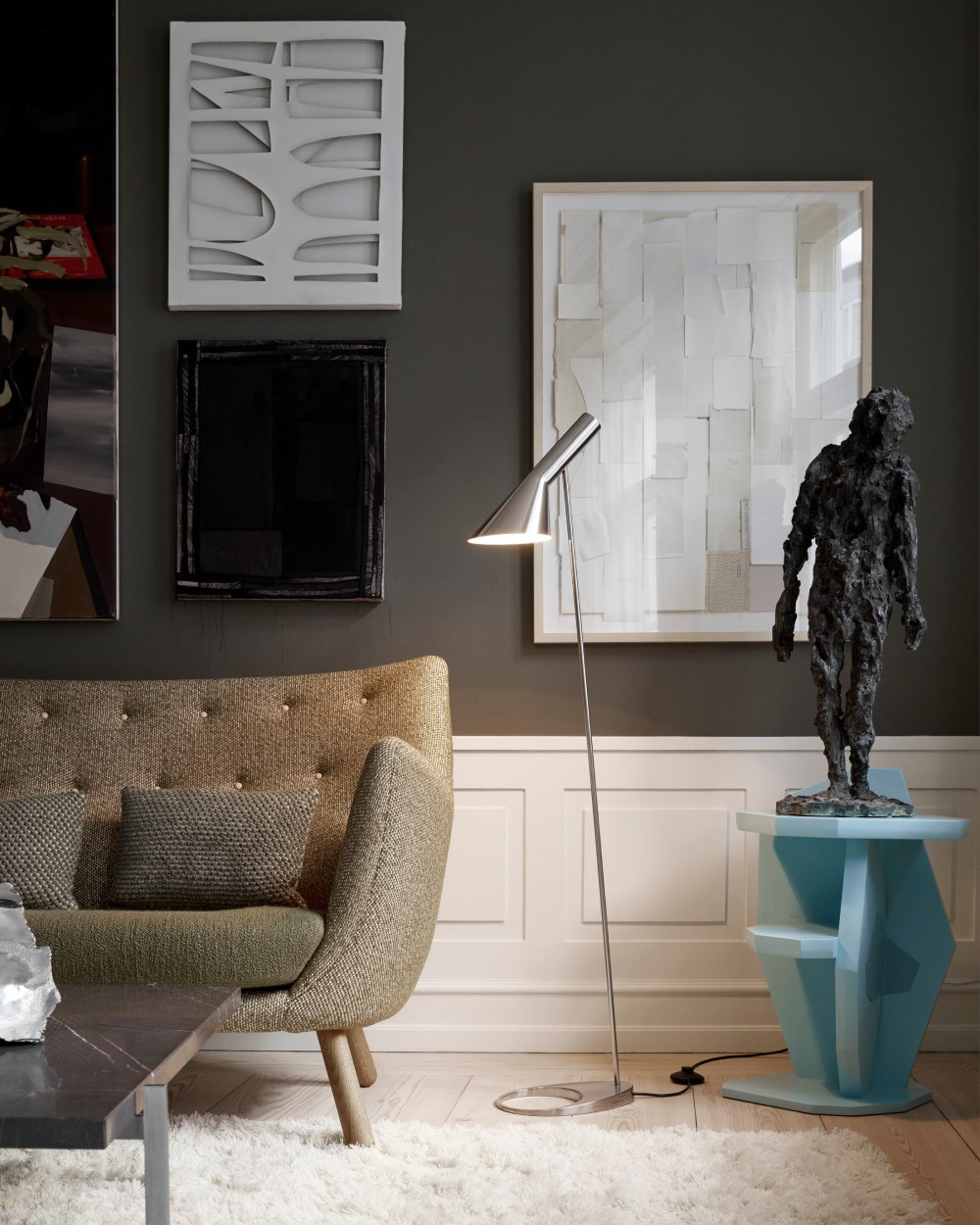
For activities that require more focused illumination—like cooking, reading, or working—task lighting is key. This includes directional table lamps, adjustable floor lamps, or well-placed wall sconces that provide the right level of brightness for your daily tasks.
“Once you have experienced real lighting,
life is filled with new values.”
- Poul Henningsen
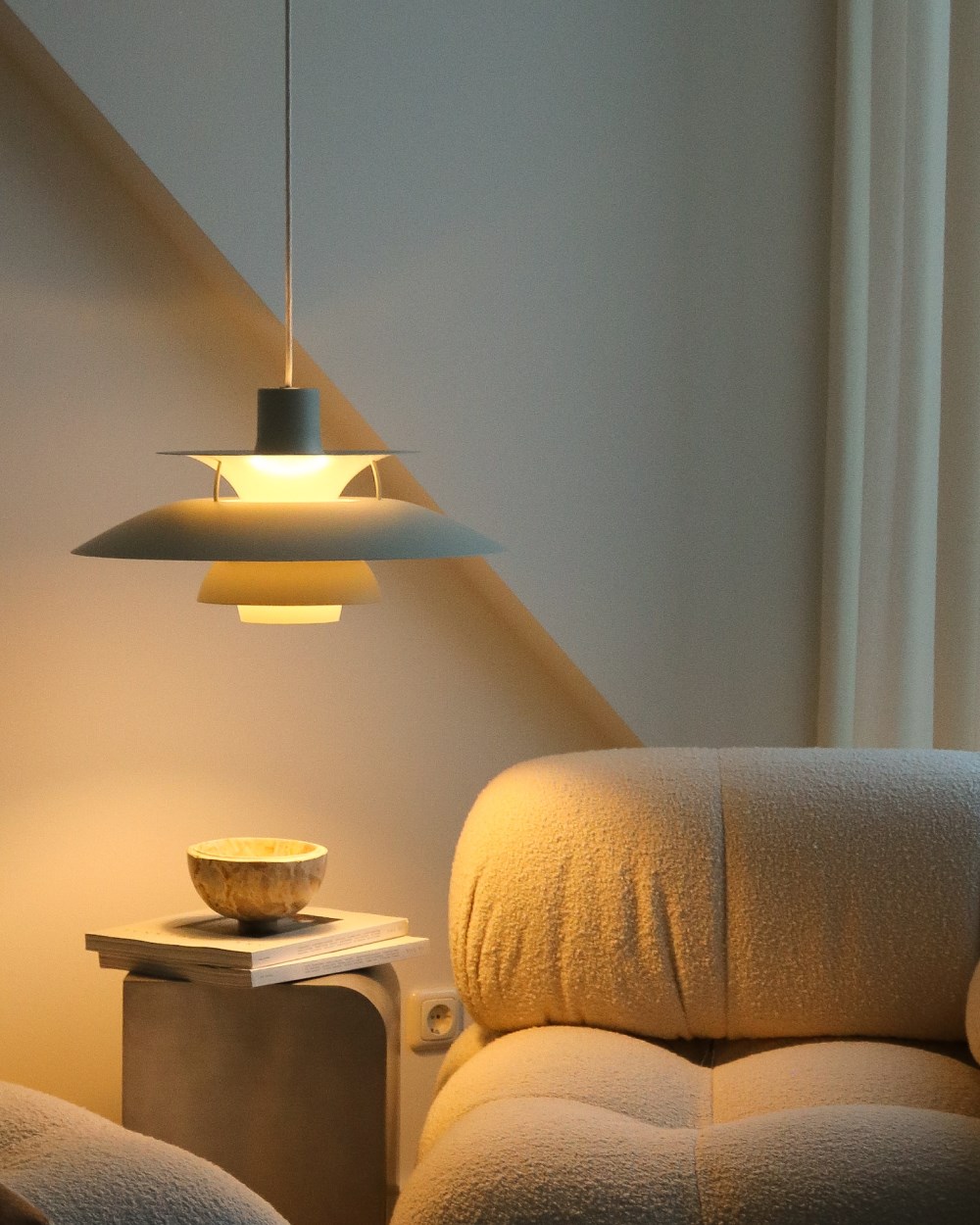
Choosing Lighting with Intention
Lighting is a fundamental part of interior design, shaping the way a room looks and feels. By layering functional and ambient lighting, incorporating different heights, and selecting the right light sources, you can completely transform a space, making it both inviting and practical.
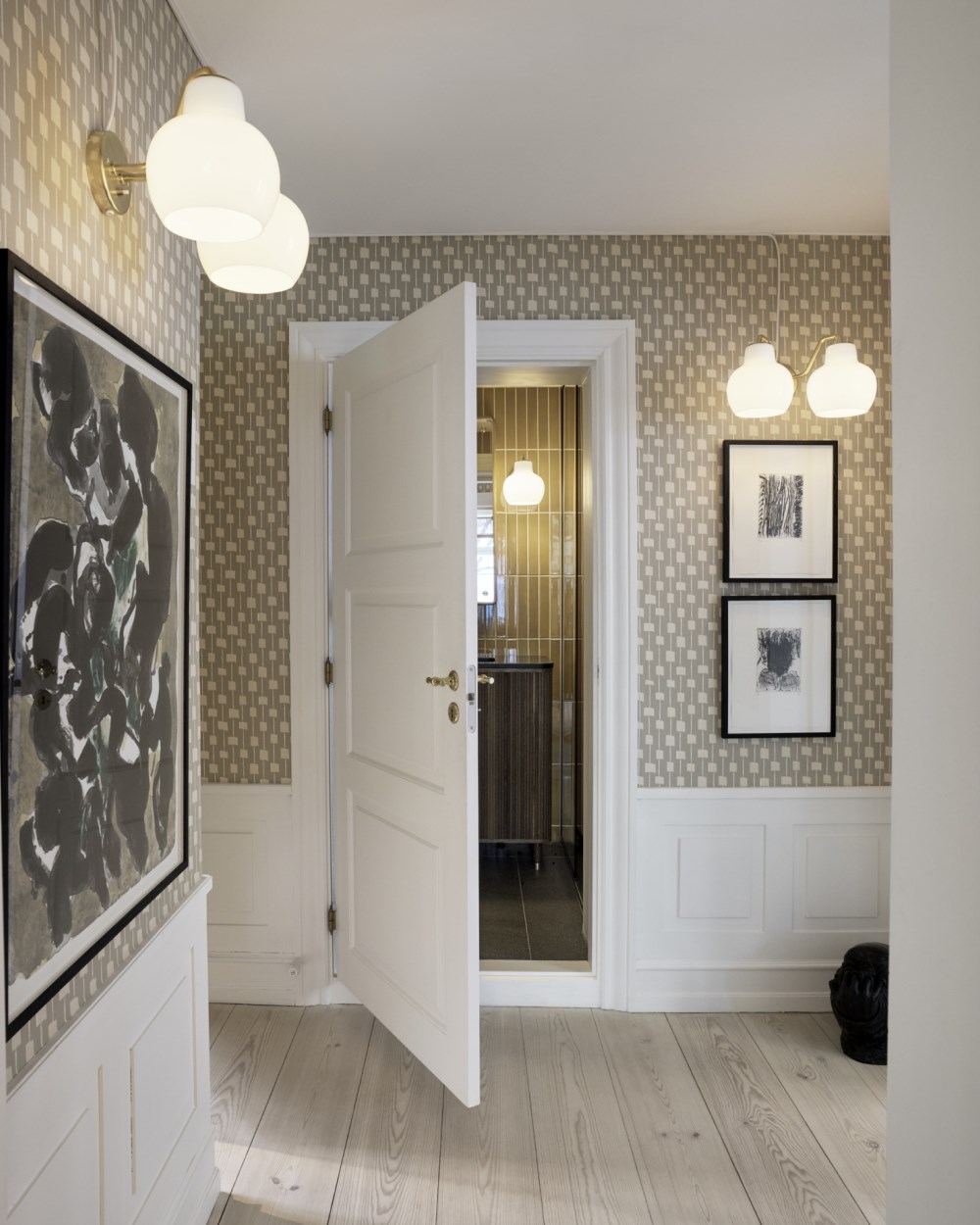
Whether you’re designing a cozy retreat or a well-lit workspace, thoughtful lighting choices help define your home’s atmosphere and enhance your everyday life.
Discover More Inspiration
Want to learn how to create the perfect lighting setup for your home?
Explore our collection of designer lighting solutions and find the perfect fit for your style and needs.









